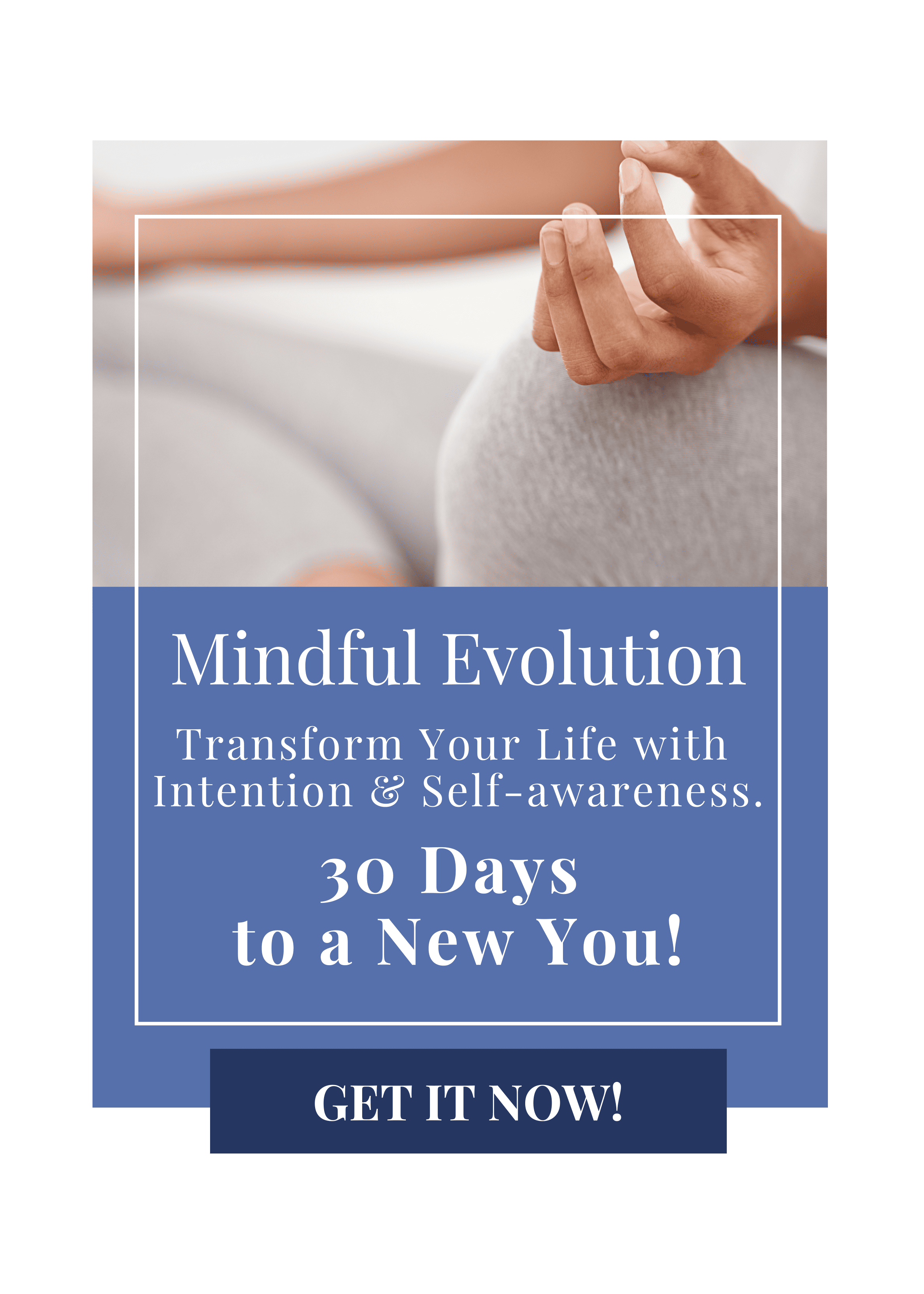This article includes a short introduction to the concept of Satya + journal prompts + practical and easy ways to incorporate the concept into your life.
NOTE If you just landed on this article be sure to read the first article in this series first:
“What can an ancient text called the Yoga Sutra do for you?”
YAMAS – The external ethical rules
(Yoga Sutra II.30)
Yamas is the first limb in the 8 limbs of Astanga Yoga. Yamas means restraint = as in holding back, or trying to stop doing.
The Yamas consist of a list of 5 ethical principles for your relationships with others, the outside world, and nature. They are, in their most basic form, a form of basic life principles and focus on the kind of behavior you should try to live by. By living these principles, you neither inflict suffering on yourself nor others around you.
The 5 principles are; non-violence (ahimsa), truth (satya), non-stealing (asteya), restraint (brahmacharya), and non-attachment (aparigraha). They are the moral, ethical, and spiritual guidelines that are important to observe if you want to achieve a balance in life and health and well-being; physically as well as mentally.
The five principles can all be easily observed in your daily actions, words, and thoughts. By trying to live by them or, in the first place, just becoming aware of them, you are helping to form the foundation for a healthier and happier self as well as contributing to a healthier and happier world.

Satya – truth, the second Yamas
(Yoga Sutra II 36)
Satya the second Yamas asks you to be true to yourself and those around you. It encourages you to speak the truth to yourself and others. The truth can often be a scary thing, or you think that you might hurt someone by being truthful. Although it can initially seem overwhelming to have to tell the truth, not telling the truth is often far more harmful to yourself than others. Just think of all the times you were unable to tell the truth and uphold your boundaries, saying yes to something you didn’t want to do, instead of just telling the truth which was a “no thanks”.
BUT, there is some caution to be had here. The second Yamas cannot be practiced without upholding the first Yamas of Ahimsa! Don’t know what I’m talking about, read this post before continuing:
“How to incorporate the first Yamas Ahimsa (non-violence) into your life”.
Truth must always be delivered with compassion, kindness, and care. So simply put Satya asks you not to lie. Again, I need to stress that it implies that you do so with compassion and intelligence. Tell the truth, but not if you thereby harm others. So, tell the truth when necessary and when it can be done without causing harm. When the truth is delivered with care and compassion, it can be a very liberating thing.
When practicing telling the truth, you might want to read the post
“How to say NO to others in order to say YES to yourself: Mastering the art of mindful refusal.”
But Satya is not just addressing how you talk and what you say. Being truthful expands to all areas of your life.
Practical steps when working with Satya.
Applying Satya to the practice of yoga and any kind of physical exercise.
- Listen to your body and what you feel and respond with kindness to that feeling.
- Be honest about how the yoga pose feels and whether you need to go deeper into the pose or pull back.
- Be honest with yourself about what you can achieve during this training, today, tomorrow, next week, etc.
- Set goals that are achievable, or at least possible.
- Admit when you need help.
- Be honest about setbacks and what caused them.
- Keep an accurate record of your practice.
Applying Satya to your life.
- When you hear gossip, think about whether it is really something you want to listen to, relate to, and possibly communicate further.
- Before speaking, pause and consider if what you are about to say is necessary and can be said without causing harm.
- Accept your limitations and your strengths.
- Let your actions reflect your true intentions and values.
- Practice transparency in your actions and decisions.
- Show up authentically in your life.

Important self-investigation.
Like with the concept of non-violence, truth needs to be practiced in word, thought, behavior, and action. Do not downplay or exaggerate things, don’t take credit that isn’t yours to take, try to be someone or something you are not, or become someone else with others, instead of being yourself.
You might not even be aware that you are unconsciously lying to the outside world, by not being yourself. Being authentic is very much a part of telling the truth about yourself to the world. Trying to conform to others is rooted in the deep need to belong. The desire to belong can make you; willing to pretend, to buy something without thinking, to close your eyes to certain truths, not be honest about how you live your life, what you buy, the impact of your consumption, and how your choices affect the world around you.
So, to practice Satya you need to be able to live your life with authenticity. Cultivating greater self-awareness is the first step towards this, and it can be achieved with tools like mindfulness, journaling, and yoga.
Contemplation and Journal prompts on Satya.
- Think about what is true for you about yourself and how do you know it is true?
- Have you based your truth on someone else’s explanation of the truth, or have you personally experienced what you call the truth?
- Are you lying to others about who you are? What can you do to show up more authentic in your life?
- Are your thoughts, words, and actions in alignment?
- Do you believe “white lies” are justified? Why or why not?
- How would being more truthful affect your relationships?
- Are you having a hard time being honest in your professional life? Why is this? Can you change that?
- In what area of your life do you find it difficult, to be honest with yourself?
- How can being more truthful and honest contribute to your personal growth?
Ready to take the next step – Asteya!






